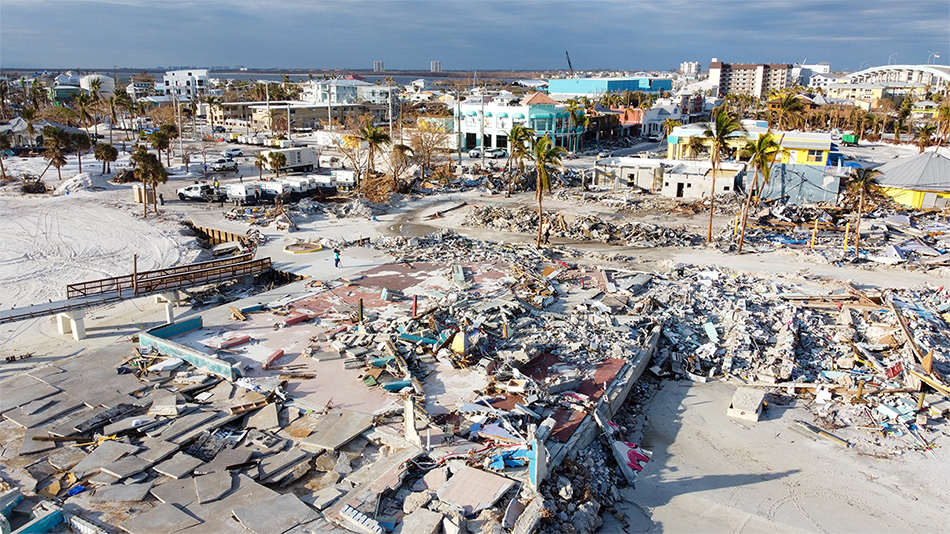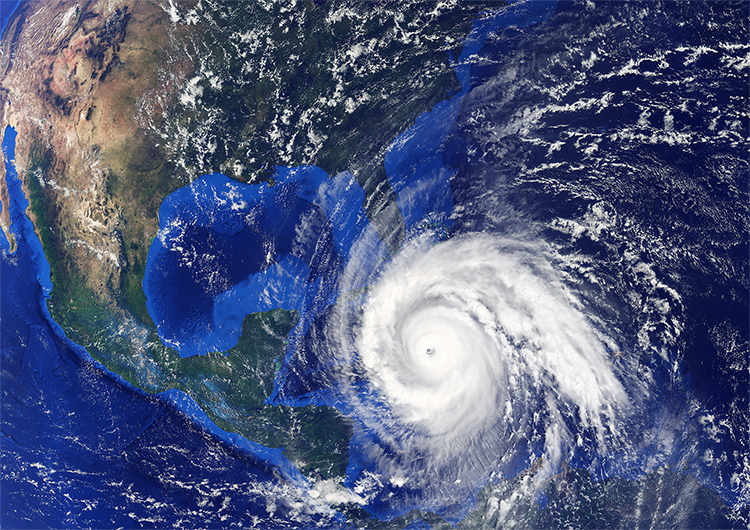10 Smart Steps for Effective Hurricane Preparedness for Businesses in 2025

Hurricane Preparedness for Businesses is no longer optional—it’s essential. The 2025 Atlantic hurricane season is forecasted to be above average, with warmer sea-surface temperatures increasing the likelihood of stronger, more disruptive storms. At WheelHouse IT, we understand that hurricane season isn’t just about weather—it’s about operational resilience, business continuity, and protecting your people, processes, and […]
NOAA Predicts Above-Normal 2025 Atlantic Hurricane Season

As the 2025 Atlantic hurricane season officially approaches, NOAA has released its annual forecast, and the message is clear: this season is expected to be busier than usual. WheelHouse IT is sharing this information not to alarm our clients, but to remind everyone that preparation is power. As your trusted Managed Services Provider, business continuity […]
Preparing for Hurricane Milton: What Businesses in South Florida Need to Know

As Hurricane Milton strengthens in the Gulf of Mexico, South Florida is bracing for torrential rain, flooding, and potentially damaging winds. With rainfall totals expected to exceed 10 inches in some areas, businesses in the region need to act quickly to protect their operations, data, and IT infrastructure. At WheelHouse IT, we are taking proactive […]
Preparing for Potential Tropical Cyclone Four: A Guide for Your Business

As of 11 AM EST on August 2nd, the National Hurricane Center (NHC) has begun issuing advisories on Potential Tropical Cyclone Four, which is currently located over Eastern Cuba. This system poses a threat to parts of Florida, and businesses in the region need to take immediate steps to ensure their safety and continuity. Current […]
Preparing for Florida’s Tropical Systems: A Call to Action for Business Leaders

As we face another hurricane season in Florida, it is crucial for businesses across the state to stay informed and prepared. Recent developments highlight the potential impact of tropical systems, such as “Invest 97L,” which prompted Governor Ron DeSantis to declare a state of emergency for numerous counties on Thursday, August 1, 2024, due to […]








